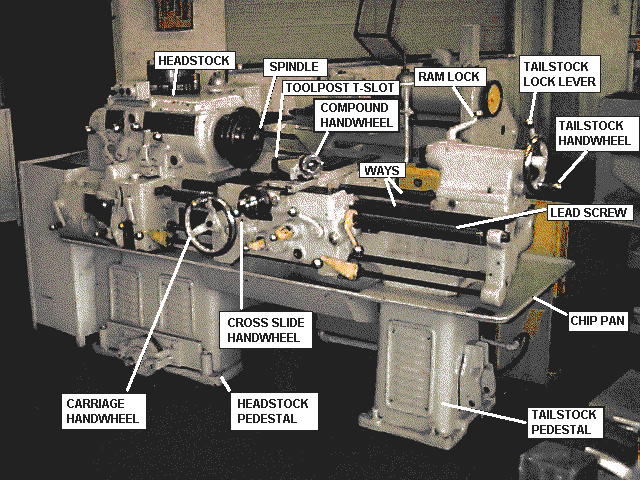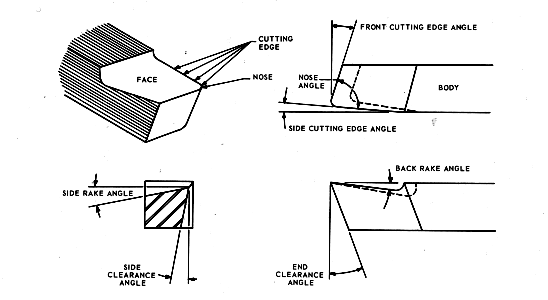Turning
From DDL Wiki
Contents |
Process
Turning is the process of rotating a material around an axis and using a stationary tool to remove material. There are two different ways in which materials can be turned, CNC mills and manual lathes. CNC mills can allow for more precise and complicated shapes because it can be controlled by a computer. Manual lathes can be controlled by knobs or by placing a cutting tool to the material by hand. The cutting tool can be moved along 2 axes to achieve the desired depths and diameters.
 Lathe
Lathe
Materials
Turning can be used for both metals and woods. The turning process produces cylindrical products of different shapes. This creates a limitation in the process, limiting it to only cylindrical shapes. The waste metal from turning is known as swarf.
Optimal Uses
Turning should be used whenever a shape revolved around an axis is desired. When considering the turning process the designer should consider the limitations of the material being used and the desired shape.
 Cutting Tool
Cutting Tool
References
Edited by: Art Douglass, Chris Uhrinek, Jon Brown
